Stories from the Russian Arctic
With Bewick's numbers falling by 40 percent since the mid-1990s, and as many as a third having shotgun bullet pellets in their bodies, WWT has been working with the local community in their Russian breeding grounds to help conserve these endangered swans
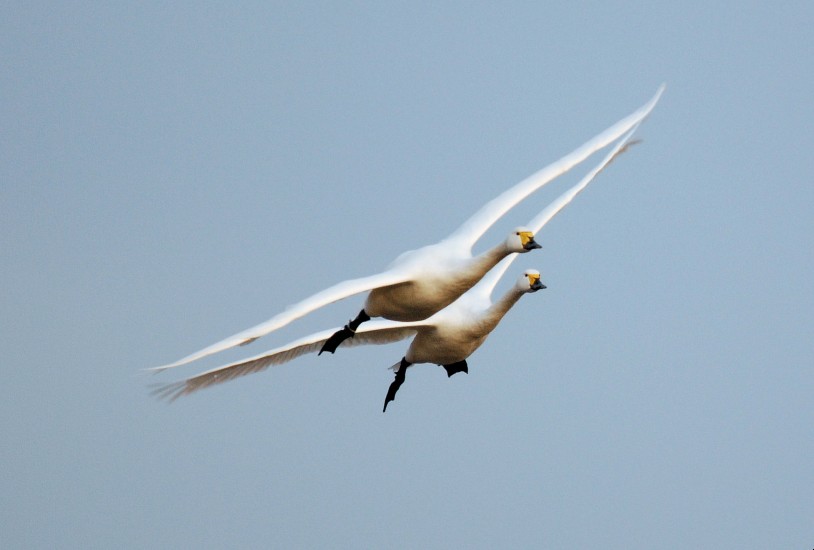
Winter is in full swing, and more endangered Bewick’s swan have arrived at WWT Slimbridge. The swans will stay here for the winter, before heading north, back to their breeding grounds among the river deltas, marshes and lakes of the Russian arctic as spring starts to rear its head.
The swans breeding grounds are in a region known as the Nenets Autonomous Okrug (NAO). It is a beautiful, remote region in European Russia. Lying north of the Arctic circle, it has winter day-time temperatures of around -25C, whilst the short summers can be mild and wet, with temperatures of +18C not uncommon. Naturally, in such a remote and harsh area, the local indigenous peoples, the Nenets, are traditionally deeply rooted in nature.
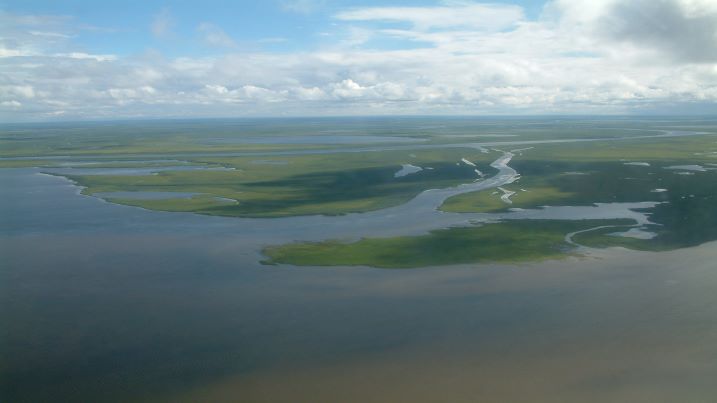
This annual migration is as old as time, but sadly the numbers of Bewick’s has fallen by nearly 40 per cent since the mid-1990s. X-rays of Bewick’s returning to the UK show that a third of them have shotgun pellets embedded in their bodies. They have been found shot in a number of countries across their flight path, including Russia, where social surveys have shown that 18% of hunters were either unsure or unaware that Bewick’s are a protected species.
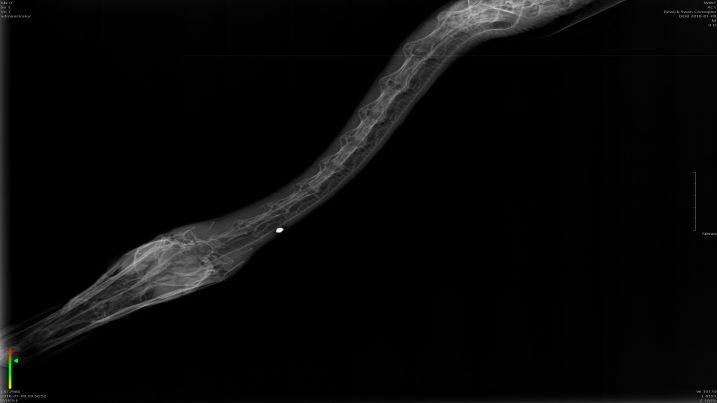
In an attempt to arrest this decline, in 2018 we embarked on a project with the local community, to hero the swans, their place in local culture and, ultimately, to make their hunting socially unacceptable; the Swan Champion Project was born.
The project has brought together influential members of the community, including the indigenous Nenets people, and locals from the tourism sector, the national parks, the education system, scientific institutions, regional government - and the hunting community. Collectively, and using a range of different media and approaches, they have developed a multi-faceted campaign to raise awareness of both the importance of protecting swans, and of their wetland homes.

Given that the region covers an area four times the size of Switzerland, but has a population of just 44,000, a half of whom live in the capital, Nar’Yan-Mar, any campaign designed to change habits had to embrace a range of different communication methods and approaches.
The swan champions designed a Memo for Hunters – a swan spotter infographic that includes visual comparisons of the birds and audio recordings of their different calls. Handed out with hunting licences, the infographic encourages hunters to follow the law, not to shoot Bewick’s, and to report any sightings of any ringed birds that they spot.
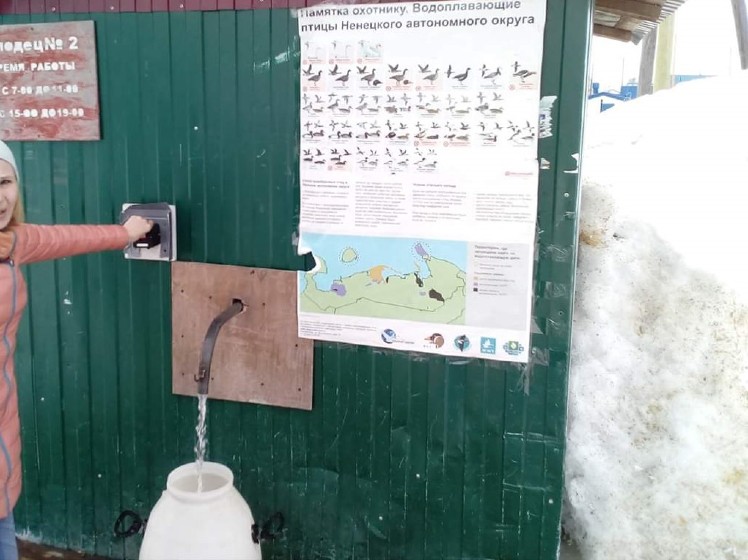
3,000 of these infographics were distributed by the government before the spring hunting season and ahead of the swans return, and another 60 posters were put up in areas where the hunters congregate. This initiative has gone down well, and there are plans to repeat it, sending out thousands more before the next hunting season, as well as plans to get them onto remote parts of the tundra using helicopters to drop them off.
The swan champions have held public workshops where they shared their achievements so far, and planned their activities ahead of the 2020 hunting season. What shone through from these workshops is that the profile of swans in particular, and wetlands in general, has increased over the past year or so, due solely to the practical efforts of our swan champions.
The champions have produced a magnificently detailed exhibition which shows off the international importance and significance of arctic wetlands, the threats facing swans and other migratory waterbirds, the role of swans in local art and culture and ways in which people can help secure their survival.
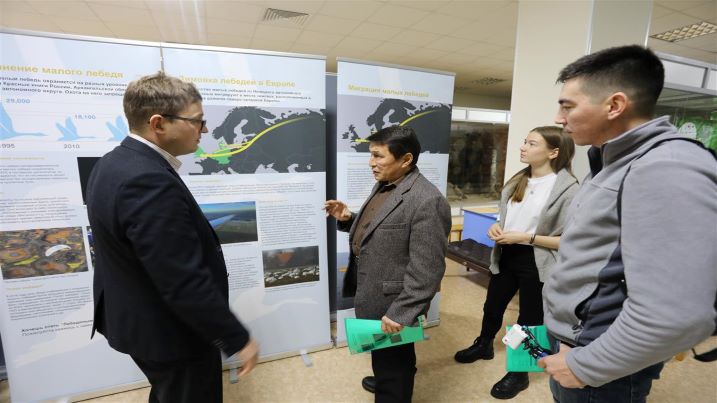
This exhibition was launched at a local school in the presence of an enthusiastic young audience whose questions never ended! One of those was 13-year old Nadia, who is our first Swan Champion Youth Ambassador, and who is keen to help the swans and recruit more youth to the cause. The exhibition will visit several schools in Nar’Yan-Mar before going on tour to three isolated tundra communities in February.
As well as face-to-face activities, the swan champions have taken their message onto social media, as well as gaining coverage on the main state regional news pages, tourism websites and local TV. Collectively this has meant that their key messages have reached a high proportion of the hugely dispersed local population. Added to all of this activity, they have enlisted the help of a huntsman vlogger with 33,000 followers who is now backing the cause – no more excuses about not realising the bird in your sights is protected when the images are everywhere, championed by one of your own!
One year in, and we know that the project is making some serious inroads.
The posters now greet visitors in the arrivals hall of the airport, a member of the remote Llebts community recently found, and reported to our local champions, a swan neck collar, which helps us with our research into the swan’s movements and numbers.
Bewick’s have become the subject of ecology and art lessons at the local schools and to cap it all, the swan champions’ message has been conveyed to the international scientific and policy community, with recent presentations on their work at the Arctic Congress, the European Parliament and the 6th international Swan Symposium.
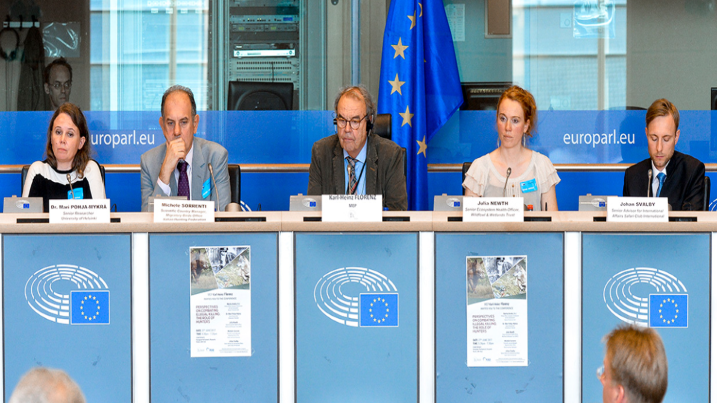
A great start has been made by the swan champions already, and more is planned including a role for local citizen science, and a film tailored for a local audience, which will tour around the region in 2021.
Interviewed for the film, the vice-president of the Yasavey Association, which represents the local indigenous Nenets peoples, spoke for many of us when he said “When I go to the tundra, I sit on the soil and feel the energy from all the wildlife around me”. It’s a feeling that the swan champions want to engender in everyone in the region, and judging by what has been achieved so far, they are well on their way to doing just that!



